Plywood Specifications Tool
How to use:
This online specification tool provides the core technical information you would need to help you make the right choice for your application. Just select your application (whether walls, roofs, flooring concrete formwork or even non-structural uses) and we’ll tell you which grades will be suitable and the range of other features like thickness and span rating, With more than a dozen common thicknesses and over 20 different grades, it’s easy to specify the right panel for the job. If you know your grade, select that right away. The tool will give you the range of thicknesses, panel’s specific finish, veneer strengths and the wood species used, as well as the panel’s moisture resistance or bond durability.Heading
Filter your results through the search
